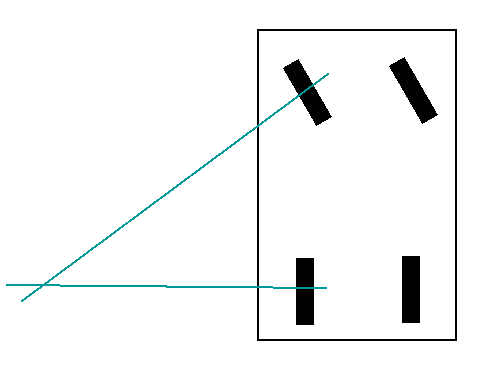Greetings !
Currently I am working on a Unity top-down 2D simulator game with a car to drive in the city.
In order to move the car I use this code :
public class car_move1 : MonoBehaviour
{
[SerializeField]
private float speed;
[SerializeField]
private float rotationSpeed;
void Update()
{
float horizontalInput = Input.GetAxis("Horizontal");
float verticalInput = Input.GetAxis("Vertical");
Vector2 movementDirection = new Vector2(horizontalInput, verticalInput);
float inputMagnitude = Mathf.Clamp01(movementDirection.magnitude);
movementDirection.Normalize();
transform.Translate(movementDirection * speed * inputMagnitude * Time.deltaTime, Space.World);
if (movementDirection != Vector2.zero)
{
Quaternion toRotation = Quaternion.LookRotation(Vector3.forward, movementDirection);
transform.rotation = Quaternion.RotateTowards(transform.rotation, toRotation, rotationSpeed * Time.deltaTime);
}
}
}
The question is, how to separate car rotation with its movement and add an acceleration, and all that by using separate keys. For example , arrow keys , ASDW and joystick on gamepad shall rotate, and 2 other keys will accelerate/move and break/stop the car (to be accurate let's take left and right triggers on gamepad).
By this post/message I'm not requesting/asking for a direct code, but if you please direct me, my thoughts to find out the solution.
Thank you





